Testosterone is the key hormone that regulates gains in muscular size and strength. All anabolic steroid drugs are molecular manipulations of testosterone’s basic structure. Higher testosterone counts most often translate into more muscle size and strength. Men are said to be more capable of building muscle mass because they have proportionately more testosterone than women. Unless a woman uses anabolic steroids, her capacity for developing extreme muscle size is limited. Even in women who do use steroids, the difference in muscle size from what men who use them develop is evident.
Still, anabolic steroids are drugs, and even if you ignore the legal prohibition of their use in sports, there’s a chance of serious side effects. As with any drug, however, the precise degree of unwanted side effects varies with the dosage, the amount of time a user has been on the drugs and individual response to them.
Problems with anabolic steroids have led to a search for natural alternatives. Many of those supplements haven’t strayed too far from being drugs themselves—particularly the last generation of pro-hormone supplements. They were banned from over-the-counter sale by the 2004 amendment to the Anabolic Steroid Control Act. Most of them were actual anabolic steroids developed by drug companies but never released on the commercial market. While there was little doubt that the supplements worked, they also caused many of the same side effects as controlled steroids. Although they tended to be less potent, some were far more potent than testosterone itself.
Since the pro-hormone ban, supplement manufacturers have sought substitutes. Most of the latest “testosterone boosters” lack scientific proof of effectiveness, their popularity often based on unreliable Internet testimonials and ads. None of the current crop of test boosters has any direct relationship with testosterone. Their putative anabolic effect is indirect, based on what you might call creative biochemistry.
One (alleged) testosterone booster is derived from the stems of a plant called Fadogia agrestis. The notion that the plant provides anabolic activity by increasing the amount of testosterone is derived from a 2005 study published by researchers in Nigeria, where it grows in the wild. The authors chose to investigate it because of its long cultural history as an aphrodisiac. It was used to stimulate libido and relieve general sexual dysfunction.
Analysis of the plant shows that it contains saponins, alkaloids, anthraquinones and flavonoids. In that respect it’s similar to another plant touted to boost testosterone, tribulus. (Some research shows that the saponin content of tribulus may be capable of boosting testosterone levels, although that research is equivocal at best.)
In the 2005 study an extract of fadogia stems was given to rats for one week. It appeared to raise their testosterone levels, an increase the authors attributed to the fact that it concentrated cholesterol in the rats’ testes. As cholesterol is the raw material from which testosterone is synthesized (thanks to help from enzymes), the assertion seems justified.
As you might expect, it was only a matter of time before someone found the obscure study (it was published in the Asian Journal of Andrology) and extrapolated the results to possible human use. Without waiting for human studies to confirm the effectiveness of fadogia, several purveyors of the herb marketed it to potential customers yearning for a testosterone boost. Advertising claimed that fadogia boosted testosterone by 200 percent and suggested that it stimulated luteinizing hormone, a pituitary gland hormone that controls the rate of testosterone synthesis at the Leydig cells in the testes. Tribulus was touted to work in a similar manner. Where the advertisers came up with the luteinizing-hormone mechanism isn’t clear, as it’s not mentioned in the original research paper.
Long story short, fadogia is now included in several “anabolic” formulas, and Internet wackos have raved about all the gains they’re making courtesy of the stuff—as usual blissfully unaware of the placebo effect. Taking capsules filled with banana peel would probably yield similar gains. Even so, there’s no evidence for fadogia’s effectiveness in humans.
Meanwhile, the authors of the original study recently published a follow-up of sorts, once again using rats as subjects. The primary aim this time was to observe the effects of different doses of fadogia on testicular function. The smallest dose, 18 milligrams per kilogram of bodyweight, is about the same suggested for human supplemental use. The results were alarming and once again proved the folly of taking a substance that doesn’t have even an elementary base in science: Fadogia caused changes in the testes that indicated imminent damage. While that more likely occurred at higher doses, the lowest was potentially toxic. The researchers noted that the toxicity was probably “transient,” meaning that the side effects would resolve when the extract use stopped.
Does that mean fadogia is garbage and should be avoided at all costs? Not necessarily. It may actually work as advertised in humans, but the proof is so far based entirely on anecdotal evidence—longtime use by Nigerian tribes.
A more prudent approach would be to wait for at least preliminary proof of effectiveness and safety in human subjects. It would be a nice gesture for companies that are selling fadogia to sponsor a study by independent researchers. If it were to prove that fadogia is effective and safe, that would be a useful advertising feature. If not, then fadogia should be relegated to the pile of wonder supplements that didn’t pan out.
Growth Hormone vs. Exercise
Growth hormone holds much allure as both an anabolic drug and an effective means of slowing the aging process. Many athletes who have used growth hormone swear by its effectiveness. Others have found that GH alone isn’t as anabolic as they expected but does seem to encourage greater bodyfat loss. Bodybuilders, however, uses doses of GH that far exceed those produced naturally in the human body, even at the apex of GH release during adolescence. In reality, GH is almost never used alone but is combined with various anabolic steroids and, often, insulin. Some evidence shows that the combination is more anabolic than any of the individual hormones used alone.
Recent studies show that using lower doses of GH long-term doesn’t produce the side effects of higher doses. A primary effect of aging is the loss of muscle, particularly fast-twitch, or type 2, muscle fibers, the ones most amenable to increases in size and strength. In those who don’t lift weights, type 2 fibers gradually atrophy, while type 1, or slow-twitch, fibers remain relatively unaffected. Because they provide little or no strength, however, having a predominance of type 1 fibers often translates into weakness.
What precisely causes the loss of muscle? No one knows for sure, although there is a term for the loss: sarcopenia. One theory attributes sarcopenia to a loss of alpha motoneurons, which stimulate muscle. Others point to the gradual decline in the body of anabolic hormones, such as GH, testosterone and IGF-1. There is also an increase in the release of catabolic cytokines, substances that work with cortisol to break down muscle tissue.
The good news is that exercise puts a brake on the negatives of aging. What if you could combine that with something that aids the age-related decline in GH? Several antiaging clinics have suggested that a combination of GH and a regular workout program leads to significant rejuvenating effects in older people. Muscle is harder to build with age due to a lack of response of satellite cells, which are stem cells involved in muscular repair and growth. Studies show that GH promotes satellite-cell proliferation in adults—adult rats, that is. Another rat study found that GH restores muscle protein synthesis, while still another determined that providing GH reversed the aging pattern of muscle fibers, converting a typical old pattern to a youthful version. In effect, that meant setting back the clock. GH also blocks the effects of inflammatory substances that cause muscle fibers to commit suicide, a process called apoptosis.
A new study found that exercise alone improved exercise capacity and strength in old rats. Exercise didn’t have any effect on the rats’ slow-twitch muscle but did halt the loss of fast-twitch fibers. In contrast, older rats that didn’t exercise showed extensive and ongoing loss of fast-twitch fibers.
GH alone had no effect on physical performance in the older rats, nor did it halt the loss of type 2 fibers. On the other hand, the GH rats showed a 208 percent increase in apoptosis of type 1 muscle fibers compared to the sedentary rats that didn’t get GH. The authors conclude that while exercise provides significant protection against functional muscle decline linked to aging, GH alone does not and may even increase the loss of type 1 fibers. One problem with the study is that none of the exercising rats were given GH, and those in the GH group didn’t exercise. Whether GH would work synergistically with exercise isn’t apparent in the study. What is apparent is that using GH without exercise may prove detrimental to muscles over the long term, an effect opposite to what would be expected.
References
1 Yakubu, M.T., et al. (2008). Effects of oral administration of aqueous extract of Fadogia agrestis stem on some testicular function indices of male rats. J Ethnobot. 115:288-92.
2 Marzetti, E., et al. (2008). Effects of short-term GH supplementation and treadmill exercise training on physical performance and skeletal muscle apoptosis in old rats. Am J Physiol Interg Comp Physiol. 294:R558-R567. IM











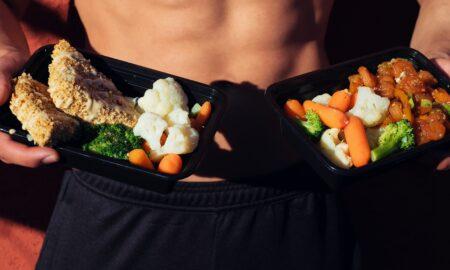
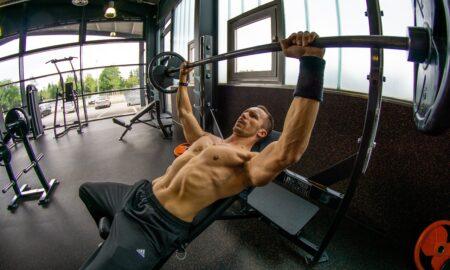
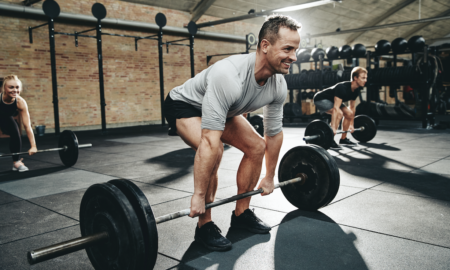
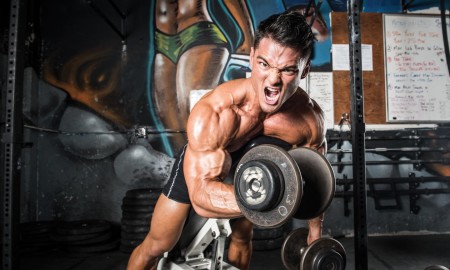
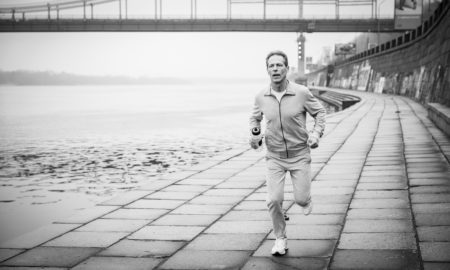
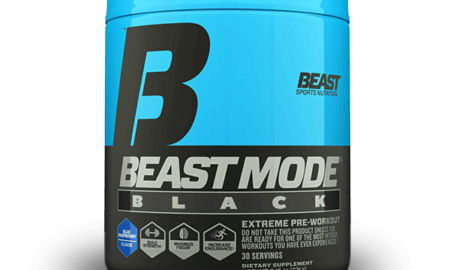
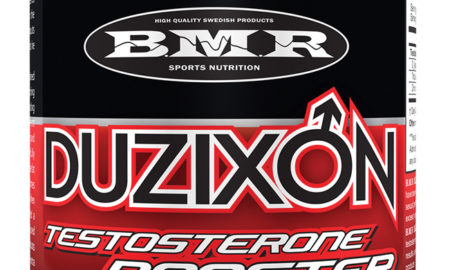
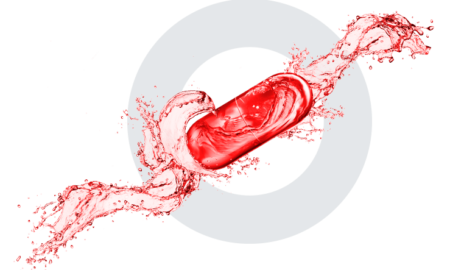
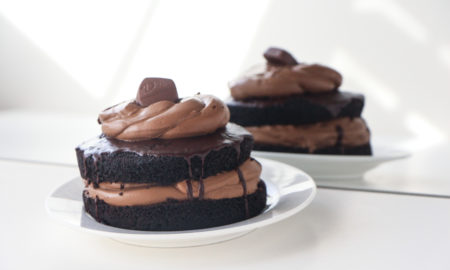
You must be logged in to post a comment Login